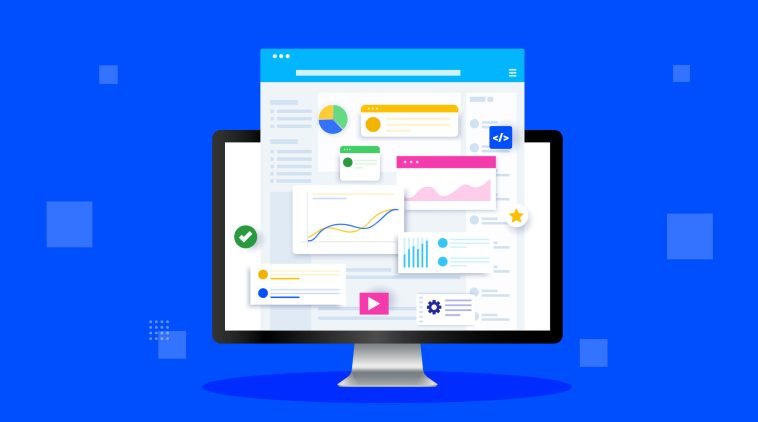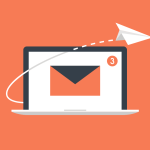Introduction.
Email marketing is a powerful tool when it’s done right. Despite the rise of social media and other marketing channels, email remains one of the most effective ways to connect with customers, build relationships, and drive sales.
Research shows that email marketing has an average return on investment (ROI) of $36 for every $1 spent.
But here’s the thing: success doesn’t just come from sending more emails. Improving your email marketing performance means diving into what works, what doesn’t, and what your audience wants to see in their inboxes.
In this guide, I’ll walk you through strategies to refine your email marketing approach and boost your results. Let’s get into it.
Why is Improving Email Marketing Performance Important?
With so much competition in the inbox, it’s more challenging than ever to stand out. People receive dozens, even hundreds, of emails every day, so every message you send needs to count. Better email performance means more people open, read, and act on your emails.
By optimizing your strategy, you can improve your brand’s reputation, deepen customer loyalty, and ultimately increase your revenue.
But it’s not just about the numbers. A well-optimized email strategy also helps to build trust with your audience.
People appreciate receiving valuable, personalized content that respects their time and adds value. And when done right, email marketing creates this exact kind of relationship.
How Do I Improve My Email Marketing Performance?
Improving email performance involves understanding a few core strategies, from crafting better subject lines to analyzing your data. Here are some proven techniques that can make a difference:
1. Segment Your Audience.
Segmenting your email list means dividing it into smaller groups based on demographics, interests, or behavior. By doing this, you can send more targeted emails that speak directly to what each group cares about. For instance, a retail brand might segment customers based on past purchases or geographic location.
Why it helps: Segmentation allows you to send more relevant content, which increases engagement. According to research, segmented campaigns can boost revenue by up to 760%.
2. Focus on Personalization.
Gone are the days when “Hi, [First Name]” counted as personalization. Today, effective personalization goes deeper, taking into account past behaviors, preferences, and engagement levels. Using automation tools, you can customize content for each subscriber, such as recommending products based on previous purchases or sending reminders about abandoned shopping carts.
Why it helps: Personalization improves engagement. Studies show that personalized emails can generate six times higher transaction rates.
3. Improve Subject Lines and Preheaders.
A subject line is often the first thing a subscriber sees, so make it count. Avoid spammy words, focus on curiosity, urgency, or humor, and always pair it with an enticing preheader text.
Testing different subject lines (A/B testing) can also help you understand what resonates best with your audience.
Why it helps: Better subject lines lead to better open rates. Emails with optimized subject lines see a 50% higher open rate.
4. Optimize for Mobile.
More than half of all emails are opened on mobile devices, so your emails must look good on small screens.
Keep your layout simple, use a single-column design, and make sure your call-to-action (CTA) buttons are easy to click.
Why it helps: Mobile-friendly emails increase engagement. Emails not optimized for mobile can lead to high bounce rates and low conversions.
5. Use Clear CTAs.
A clear call-to-action (CTA) guides subscribers toward the action you want them to take, whether it’s clicking through to your website, redeeming an offer, or making a purchase. Use action-oriented language, keep it concise, and place it in a spot where it stands out.
Why it helps: Strong CTAs increase conversion rates. Studies have shown that including a single CTA can increase clicks by 371% and sales by 161%.
Pros and Cons of Email Marketing
While email marketing has its strengths, it also has challenges. Here’s a breakdown of the pros and cons to keep in mind:
Pros
- High ROI: Email marketing delivers one of the highest returns on investment across digital marketing channels.
- Direct Reach: Unlike social media, email lets you communicate directly with subscribers without worrying about algorithms.
- Personalization: Email allows for advanced personalization that builds customer loyalty.
- Measurable Results: With tools to track open rates, clicks, and conversions, you can easily measure success.
Cons
- Competition in the Inbox: With so many emails, it’s easy for your message to get lost in the shuffle.
- Spam Filters: Too many promotional words or a high frequency can cause emails to land in spam folders.
- Unsubscribes: If your content isn’t valuable, subscribers can quickly opt-out, reducing the effectiveness of your list.
- Privacy Regulations: Laws like GDPR require strict compliance, especially when handling personal data.
FAQs
Q: How often should I send marketing emails?
A: The ideal frequency varies by industry and audience, but once a week is a good starting point. Keep an eye on unsubscribe rates and feedback to gauge if your frequency is too high or low.
Q: How do I avoid my emails landing in spam?
A: Avoid spam-triggering words like “free” and “urgent.” Make sure you’re emailing people who have opted in, and use a reputable email marketing platform that helps you stay compliant with spam laws.
Q: What’s the best way to build my email list?
A: Offer value in exchange for email signups. This could be a discount, free guide, or access to exclusive content. Make sure your signup forms are easy to find on your website, social media, and even in your physical store if you have one.
Q: How can I measure the effectiveness of my emails?
A: Track metrics like open rate, click-through rate, conversion rate, and unsubscribe rate. Comparing these numbers over time can help you understand what’s working and what needs improvement.
Conclusion.
Improving email marketing performance isn’t a one-time task—it’s an ongoing process of refining your approach, testing new ideas, and responding to what your audience cares about most.
Every change you make, from better subject lines to audience segmentation, has the potential to make a real impact. The key is to keep experimenting and learning from your results.
So, what’s the next step you’ll take to improve your email marketing? What’s one small change you could make today that might lead to a big difference in your next campaign?





GIPHY App Key not set. Please check settings